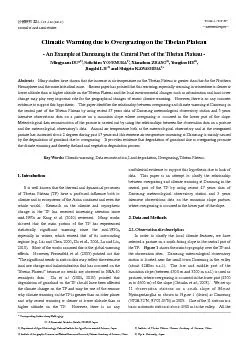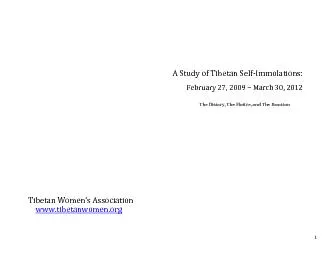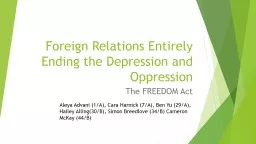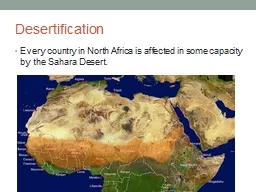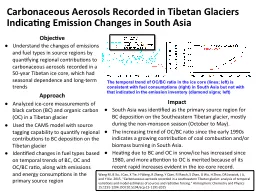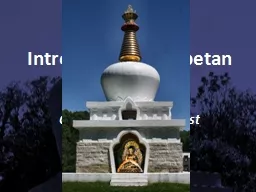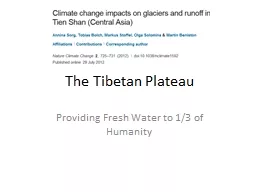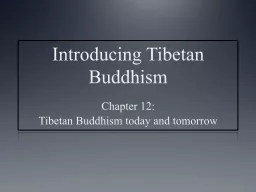PDF-ClimatWarmingdue to Overgrazing on the Tibetan PlateauExample at Damxu
Author : debby-jeon | Published Date : 2015-09-17
119201 Journal of Arid Land Studies ICAL 1 DT X Corresponding Author dumyaffrcgojp 3 Kannondai Tsukuba Ibaraki 3058604 Japan1 Department of AgroMeteorology National
Presentation Embed Code
Download Presentation
Download Presentation The PPT/PDF document "ClimatWarmingdue to Overgrazing on the T..." is the property of its rightful owner. Permission is granted to download and print the materials on this website for personal, non-commercial use only, and to display it on your personal computer provided you do not modify the materials and that you retain all copyright notices contained in the materials. By downloading content from our website, you accept the terms of this agreement.
ClimatWarmingdue to Overgrazing on the Tibetan PlateauExample at Damxu: Transcript
Download Rules Of Document
"ClimatWarmingdue to Overgrazing on the Tibetan PlateauExample at Damxu"The content belongs to its owner. You may download and print it for personal use, without modification, and keep all copyright notices. By downloading, you agree to these terms.
Related Documents

